Authored by the Canadian Immigration Lawyers Association (CILA).
Note: This article is meant to stimulate dialogue on this topic. It does not represent the views of all CILA members. CILA strongly recommends the Canadian government consult widely to determine the best path forward.
In his mandate letter, Canada’s Immigration Minister Marc Miller is asked to “Build on existing pilot programs to further explore ways of regularizing status for undocumented workers who are contributing to Canadian communities.”
In a December 2023 interview, Miller said between 300,000 and 600,000 people live in Canada without valid documentation. The minister argues regularizing the status of some of these people is necessary since they and their children have been in Canada for decades, and in addition, doing so can help to address labour shortages in crucial sectors, such as construction.
At the same time, Minister Miller concedes such a policy will likely face resistance among those who believe the federal government should not offer permanent residence pathways to those who have not adhered to Canadian immigration law.
CILA also recognizes the challenging nature of this topic. On the one hand, many of these undocumented workers have contributed to Canada’s economy and society for decades. We must also recognize one of the three pillars of Canada’s immigration system is to demonstrate humanitarianism and compassion to those in need, and hence, it may be inhumane to deport adults to countries they no longer have strong ties to, or in the case of their children, any ties to. In addition, as the minister notes, these workers can continue to support vital areas of the labour market, such as in construction and healthcare.
Conversely, we must also acknowledge why this is a delicate subject. Managing the border is key to a well-functioning immigration system. As we have seen in recent years here at home as well as in peer nations, irregular migration undermines public confidence in government and the immigration system. This consideration is especially important now, as research shows Canada is dealing with lower levels of public support for immigration than in recent years, due to concerns such as newcomers contributing to the country’s housing crisis.
As such, CILA believes the federal government would benefit from consulting closely with expert stakeholders from across sectors to determine objective eligibility criteria that helps to achieve various public policy considerations such as promoting humanitarianism and the best interests of children, addressing labour shortages and promoting economic development, and upholding public support. Eligibility criteria for consideration include factors such as non-serious criminality, time spent in Canada, English or French language proficiency, whether they have an offer of employment in Canada, among other criteria. There is no easy way to shape the criteria but by consulting with a wide array of stakeholders, the federal government will put itself in better position to come up with regularization pathways that can stand up to scrutiny and achieve their objectives.
In addition, IRCC will need to strike a balance between giving eligible applicants enough time to prepare their applications while at the same time managing the intake of applications so that IRCC is able to process applications within a reasonable length of time and to disincentivize those looking to abuse the pathways. To crack down on abuse, IRCC and the Canada Border Services Agency (CBSA) will need to have a clear communication strategy that the pathways are only available to those who meet the eligibility criteria and that current and prospective temporary residents should not view the pathways as an opportunity to also overstay in Canada.
IRCC would also benefit from adopting lessons learned from other highly-anticipated pathways it has launched (e.g., the TR2PR Program in 2021 and previous iterations of the Parents and Grandparents Program). Notably, IRCC should ensure that:
- Program Delivery Instructions are published well in advance of the opening of the intake window (e.g., at least 2 weeks in advance) so that eligible candidates, as well as their family members and counsel can prepare adequately. It would be unfair to open the intake window with little advance notice after eligible candidates have waited years for this opportunity. IRCC should also be sensitive to eligible candidates having work and other responsibilities, and hence, they need to be given enough time prior to and after the window opens to prepare and submit their applications. A challenge with aforementioned program examples is applicants have needed to take time off work for a chance to beat application caps, forfeiting income as a result.
- Eligible candidates have access to counsel who can advise them and submit applications on their behalf. The application window will be a defining life moment for these candidates and IRCC should provide them with the courtesy of accessing experienced and competent legal representatives who can prepare complete and truthful submissions. This consideration also fits in with IRCC’s objective to enhance the client experience as lawyers can help clients and IRCC avoid unnecessary delays in processing.
- The online application portal is user-friendly and is equipped to handle a high volume of traffic when the intake window opens and does not crash.
CILA looks forward to ongoing engagement with IRCC and other federal departments and agencies on how Canada can best achieve this important mandate letter commitment. Creating well-designed regularization pathways can help to achieve the policy goals enumerated by Minister Miller, including alleviating labour shortages in key sectors and underscoring the humanitarianism Canada’s immigration system is world-renowned for.



